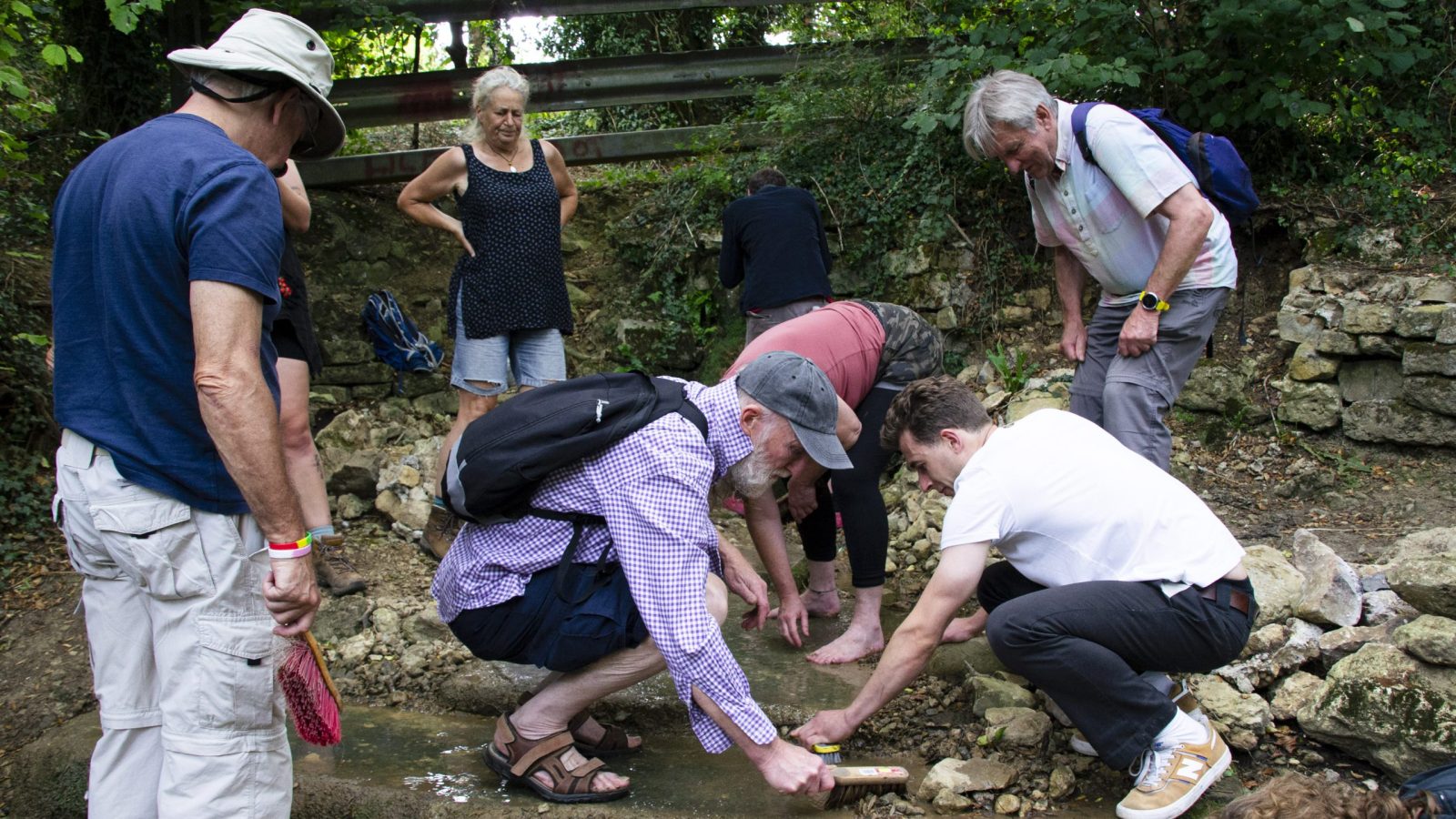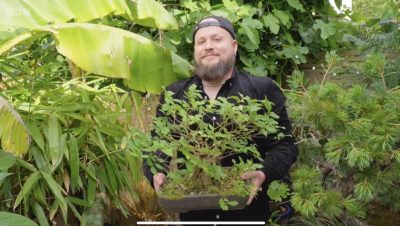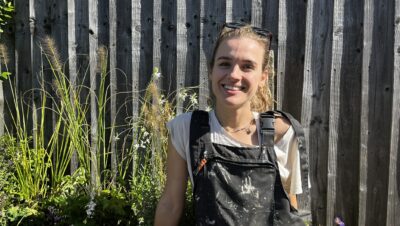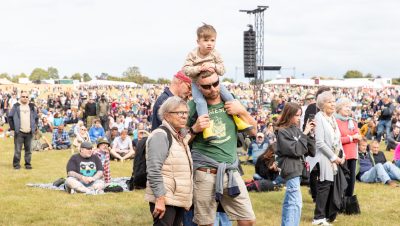News / rivers
A River’s Song celebrates ‘mistreated and neglected’ south Bristol river
Powerful, mysterious, downtrodden…
These are words that have been used to describe the Malago, the river that runs from Dalby Avenue, past Bedminster station and on to meet the Pigeonhouse Stream in Knowle West before hitting Hengrove Way.
“To me the Malago is a river that runs past workshops and factories and down culverts. It’s mysterious in an unromantic way,” elaborated Bedminster resident Gerry Rowe; “Heroic in its natural defiance of a highly built-up environment. Water will flow.”
is needed now More than ever
These reflections on the river have been collected as part of a project that plans to create musical compositions inspired by the Malago in celebration of the area’s stories, sounds and ecology.
It will reflect the voice and character of the River Malago, while also celebrating the creativity of local musicians.
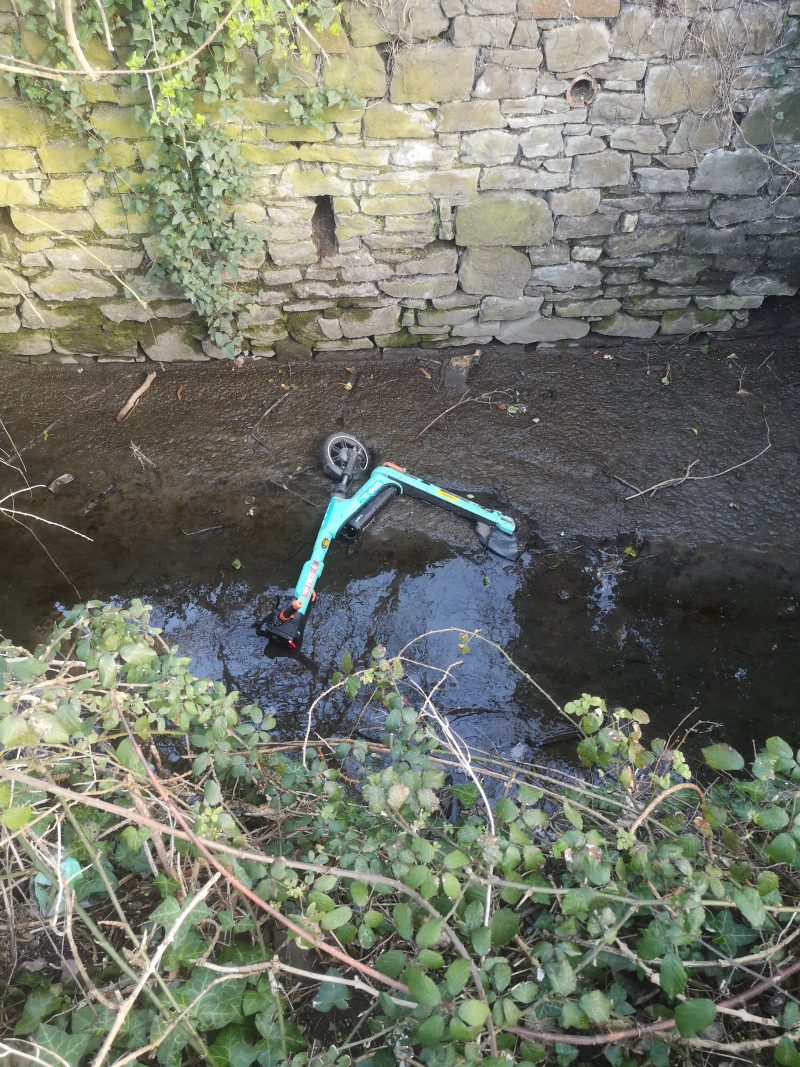
The project’s participants reflected that the Malago seems neglected and mistreated, but demonstrates resilience in continuing to flow – photo: Liam Taylor-West
A River’s Song has been instigated by Gingko Projects, a public art and cultural producer that works in communities affected by new developments.
In this case, it is money from developers of the student flats on Bedminster Green that is supporting the project. Community arts facilitator Liam Taylor-West hopes some of this year’s student intake will join existing Bedminster residents in celebrating the local area through music.
The project’s first workshops brought together community members to share their feelings about the river. Taylor-West said participants are protective of what they view as a neglected stretch of water.
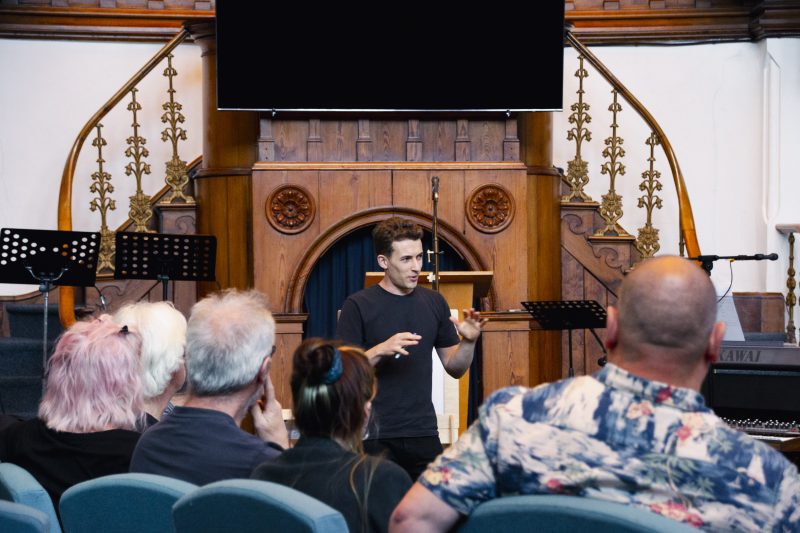
Community artist Liam Taylor-West, who recently completed a residency at the University of Bristol working in collaboration with mathematicians and physicists, is leading on the project
“There’s a sense of the river as being mistreated – not only in the pollution sense as that’s true across Bristol and the UK; but the River Malago has been put underground and diverted a lot over its history,” he explained.
“It has multiple sources – it has run off from quite a few different areas so there’s a question mark about where the source of it actually is. Dundry is the official source but really it comes from lots of different places and as it comes north up through Bristol it’s been rerouted and put underground.”
Taylor-West said there is a lot of fondness for the Malago: “It’s not a grand, flowing river you can go fishing or kayaking on. But a lot of people have said it has resilience, carrying on despite its mistreatment.”

The group’s initial sessions, at Philip Street Chapel, attracted around 20 participants and there is still time for more to be involved in creating the music and joining group singing sessions coming up in September
The music the group will create together has been informed by ‘source-to-mouth’ walks, with a view to the finished composition being available for people taking the same route to tune into as they walk.
“The music will accompany the journey down the river,” said Taylor-West. “When it goes underground the participants want the music to represent the anger of the river at being forced down, so it should be louder as if it is fighting back.”
He suggests creative projects can be a way of highlighting ecological plight while also honouring and enjoying the environment around us.
“We want this to be a celebration, but are also aware the health of the river at this stretch is very poor,” he said.
“Art is very good at focusing on a topic in a positive way despite covering negative elements – people love sad songs, for example, which positively present something negative.
“We want this music to be really beautiful, nature based, using field recordings, music and singing. We will have to cover the fact we’re not really looking after the river, and it’s not at its best, but I think we can do that in a way that is still celebratory, optimistic, that raises awareness and also says, ‘we can do better.’”

Source-to-mouth walks along the river helped participants to reflect on their experience and feelings at different stretches
Some participants have already taken artistic inspiration from the Malago. Lynn Templar has developed photographs in the river’s water, while environmental artist Deborah Jones carved evocative words into flat stones at the source of one of the Malago’s tributaries on Dundry Hill.
On an inspiration-gathering walk, A River’s Song participants brushed away dirt to unearth the carvings, made in 2000, which also include the footprints of native animals that have lived in the area over the past 10,000 years.
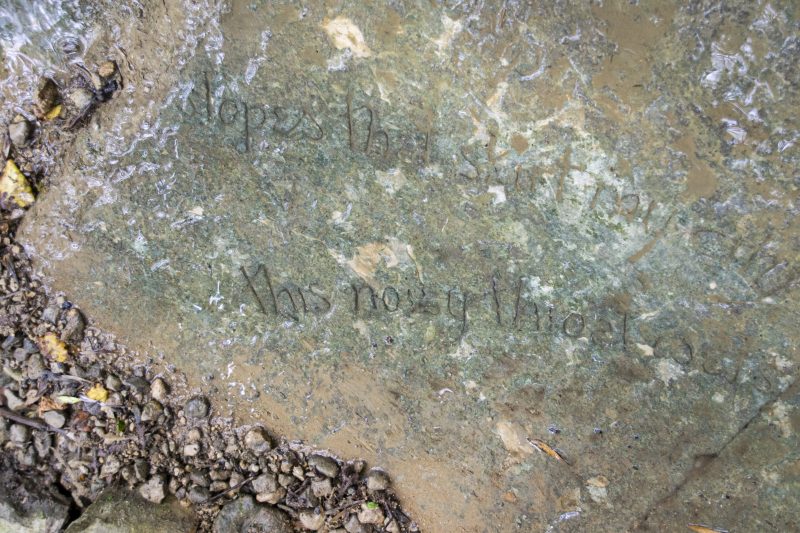
On one of their walks, the group scraped the dirt of another artwork inspired by the river, consisting of words and phrases like ‘line of connection’ and ‘this noisy throat’ carved into the stones of the riverbed
The completed musical composition will be part of a multi-sensory exhibition including a light installation and visual artworks, taking place in Bedminster’s Philip Street Chapel from October 2-4.
The audio river walk experience, providing online access to sections of the music as people walk along the Malago, will be launched as part of the Art on the Hill trail over October 4 and 5.

The luminous logo of the River’s Song project is designed to mirror the path of the Malago itself, including where it has been diverted underground. The accompanying concertina book has been created by local artist Lynn Templar
There are still opportunities to get involved in A River’s Song, with choral and instrumental workshops, including synths and drones used to create ambient ‘river washes’, planned for September 6 and 8, and recording sessions for those that would like to be a part of the final recorded piece taking place on September 20 and 26.
The first public showcase of the composition is planned for September 27, at Philip Street Chapel.
Those interested in taking part can register at www.a-rivers-song.co.uk
All images, except where named otherwise: Natalia Kida
Read next:
 Our newsletters emailed directly to you
Our newsletters emailed directly to you